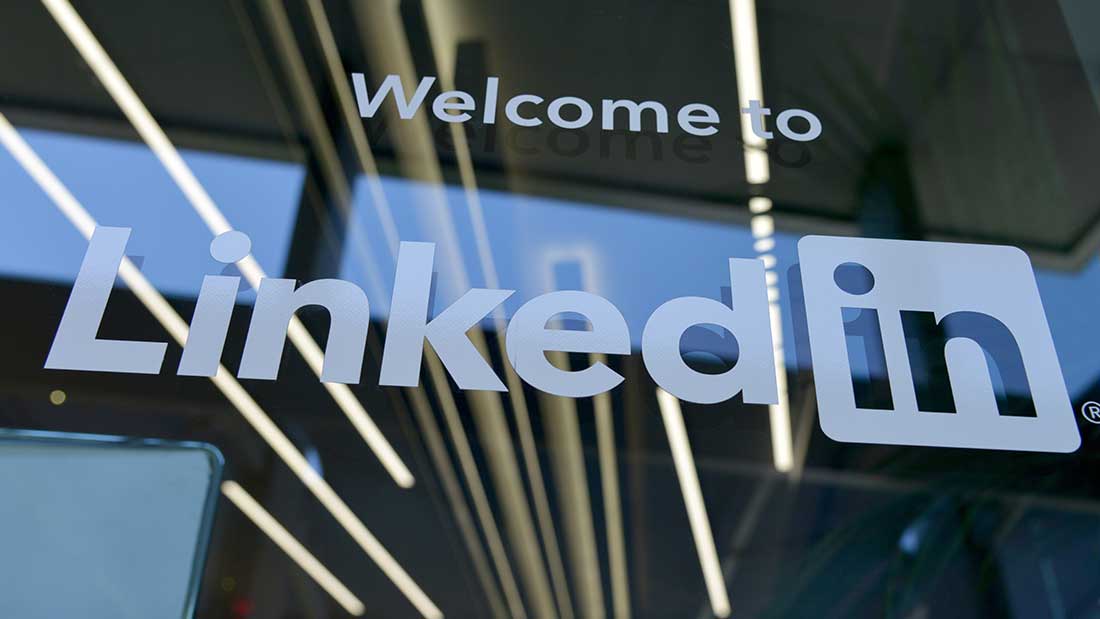Why Your Employee Advocacy Strategy on LinkedIn Is Failing
Denmark

Sometimes we engage with companies that do not understand why their Employee Advocacy program is underperforming on LinkedIn. They notice a decline in likes, shares, and comments on their employees’ posts, which is approaching a point where it is becoming “quite embarrassing,”. So, what seems to be the problem?
The fundamental idea behind Employee Advocacy is to turn employees into ambassadors for the company on social media, with LinkedIn being the primary platform. When employees use their own profiles to share knowledge, expertise, and insights, their stories become more personal. The reach is much bigger than if the company shares the content itself.
Well-executed Employee Advocacy not only boosts the company’s reach significantly. It also minimizes the barrier many companies face because we have all become more critical of ads and sales campaigns – even on social media.
When employees represent your company with authentic and personal content that is relevant and inspiring, it creates a win-win for everyone. The employees can share their knowledge and perspectives, establish a personal brand, while readers can be inspired and get behind the company’s facade as potential customers or future employees. Ultimately, the company’s brand and reputation are built in an organic and credible manner.
Implemented in the right way, there is a lot to gain from Employee Advocacy.
The problem arises when followers and connections realise that contacts on LinkedIn are solely sharing their company’s sales messages, often created in the marketing or communications department, and shared through an Employee Advocacy tool.
Not that there is anything wrong with the occasional invitation to a webinar or presenting a new concept from the company in other posts. However, when it becomes clear that an employee only shares all the company’s posts and acts as a promotional tool—without engaging with or commenting on the content—the social network quickly fatigues and may eventually shrink. It becomes even more evident when we see the exact same LinkedIn posts from different employees.
If Employee Advocacy becomes too automated and the content revolves around sales and marketing, it simply undermines the authenticity and credibility of employees on LinkedIn – and ultimately affects the company’s reputation due to negative experiences.
HERE ARE 3 TIPS TO IMPROVE YOUR EMPLOYEE ADVOCACY STRATEGY:
1 EMPOWERMENT: GIVING EMPLOYEES CONFIDENCE IN THEMSELVES
Well-executed Employee Advocacy requires an elegant balance. On one hand, you need to engage your employees and turning them into ambassadors who help promote your company. One the other hand, Employee Advocacy must be executed in a way that strengthens both the employee’s profile and the company’s image while providing real value to the recipient. Only then does it have the desired effect.
The key to finding the balance lies in empowering employees to share their genuine experiences and opinions, representing themselves while also becoming effective ambassadors for the company. This balances personal authenticity on one side and the company’s need for a coordinated voice on the other.
2 PERSONALIZATION: FOCUSING ON EACH EMPLOYEE’S PERSONAL BRAND
Begin by encouraging your employees to primarily focus on sharing their personal stories or industry-related insights that may be interesting to their network. This way, they gradually develop their personal brand and find their unique voice. Occasionally sprinkling in more sales-related messages will then be more acceptable to the network.
3 GUIDELINES: PROVIDING THE RIGHT TOOLS
Ensure that employees are well-versed in the company’s mission, vision, and products, as well as its culture, values, and ESG focus areas. This allows them to easily share stories and experiences that showcase how the company makes a positive difference.
It is also crucial to establish clear guidelines and frameworks for the Employee Advocacy effort. For example: What is appropriate content? How do you respect confidentiality and security? What style and tone suit the company?
Ultimately, Employee Advocacy is about telling a compelling story and providing relevant content: about inspiration, insight, and information that your target audience can use. Executed properly and with a creative approach, it can become a powerful communication tool and marketing channel.